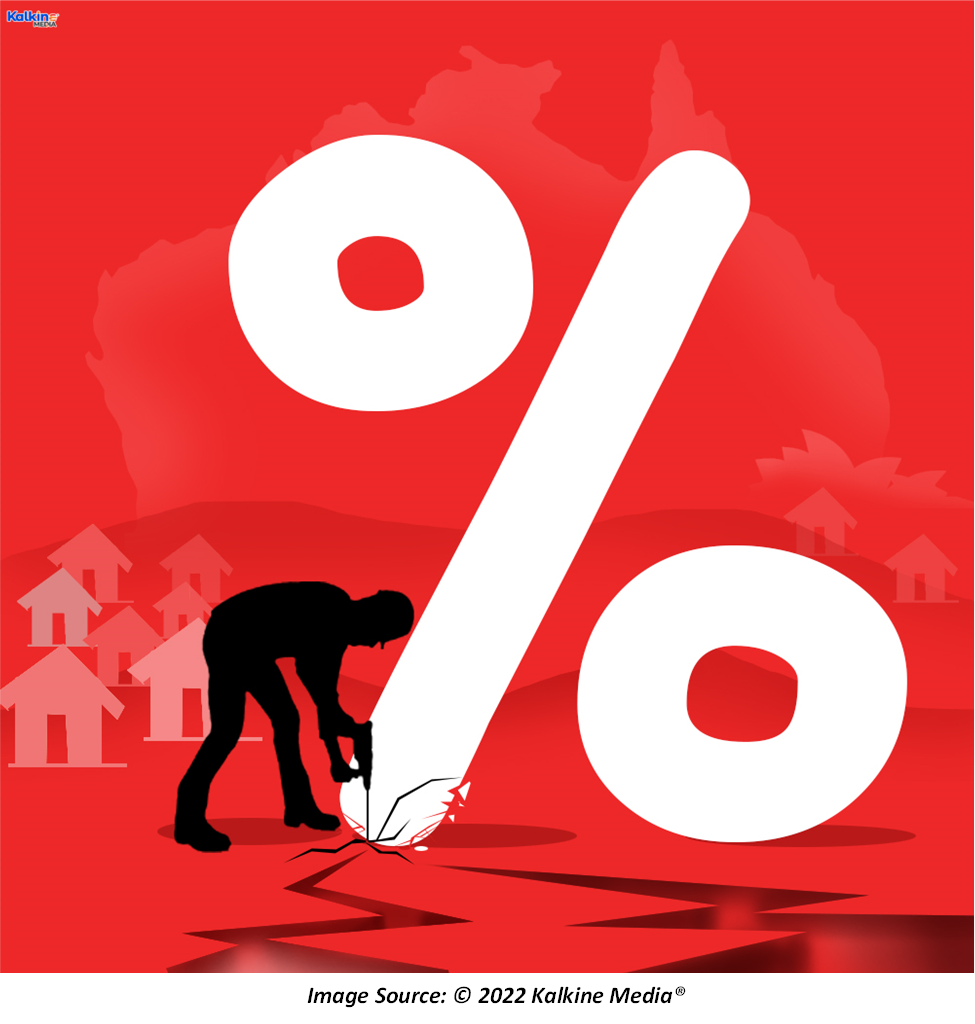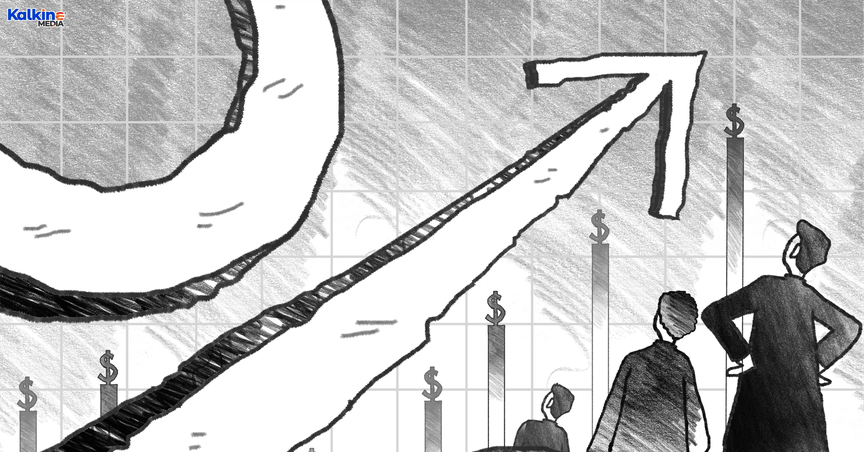Highlights
- The RBNZ was one of the first central banks to raise interest rates in the post-COVID period and has raised rates again by 50 bps in May.
- Global pressures have raised commodity prices and transportation costs, leading to supply-chain snags.
- It seems important for the RBA to raise interest rates again to remain at par with foreign nations and reduce inflationary pressures.
The Reserve Bank of New Zealand (RBNZ) is on track to raise interest rates faster than many other central banks. The RBNZ was one of the first central banks to conduct an interest rate hike in the post-COVID era. The bank has increased rates once again by 50 basis points to 2% on May 25, 2022. The second successive hike of 50 bps pushed the New Zealand dollar to a three-week high.
Lately, the Reserve Bank of Australia (RBA) also raised the cash rate by 25 basis points in the May monetary policy meeting for the first time in over a decade. Compared to RBNZ’s rate hike of 1.75% since the beginning of the tightening cycle in October 2021, the RBA’s rate hike appears quite small. The RBA had held off its interest rate hike decision for a long, maintaining a low-interest rate environment for borrowers.
Raising interest rates has become a provocative choice of central banks in the present scenario as inflationary pressures are already soaring across economies. Most Australians are struggling with an affordability crisis, with costs of living rising at unseen levels. Higher interest rates have raised the pressure on mortgage holders, who now must pay higher monthly repayments on their loans. Given the ongoing trend, the RBA is likely to further raise rates in the coming months.
ALSO READ: WEF Davos 2022: Recession risks looming across the globe
Why are rate hike expectations riding high in Australia?
Since the pandemic began, the global economy has been in for a rollercoaster ride. Shockwaves arising out of small changes have become ordinary due to the highly volatile economy. Meanwhile, lockdowns have created extreme scenarios where upswings and downswings have become a normal part of everyday life.
At the same time, supply chain issues have been exacerbated as commodity prices have risen across the globe. As many countries have placed sanctions on Russian exports of oil, energy prices have risen under pressure. In Australia, the labour market conditions have been very tight, increasing the possibility of higher wages in the future. The unemployment rate in Australia is at an all-time low of 3.9%, which suggests employees can obtain a larger bargaining power.
Currently, wage growth in Australia is at a dismally low level and is in strict need of a revival. The newly elected Labor government has promised a hike in minimum wages of 5.1% annually. This is expected to pave the way for higher inflation as rising wages could prompt consumer spending and an influx of money supply into the economy. Thus, rate hikes seem to be an inevitable part of Australia’s near-term outlook.
ALSO READ: How will a new government impact Australia-China relations?
By what percentage will RBA raise interest rates?
Raising rates in the present context can be tricky as the RBA needs to maintain a balance between tackling inflation and avoid piling up of borrowers’ repayments. CPI data released by the Australian Bureau of Statistics (ABS) have been a telling tale of where the economy stands.

The RBA sets a target inflation level, which it must reach using interest rates. Higher interest rates help withdraw momentum from the economy and make economic growth slower. However, removing the existing stimulus from the economy could stall the overall growth.
Experts suggest that it is the perfect time to conduct a rate tightening policy. Addressing a problem in the current period could stop the price pressures from getting worse with time. If the RBA does not act now, then inflation might become even more concerning. If Australia does not raise rates at par with other nations, then foreign investors might shift to other highly incentivising nations. Therefore, while rate hikes are a necessity, the RBA must take a balanced approach with monetary tightening.
ALSO READ: What to expect from Australian economy as new government takes charge?






